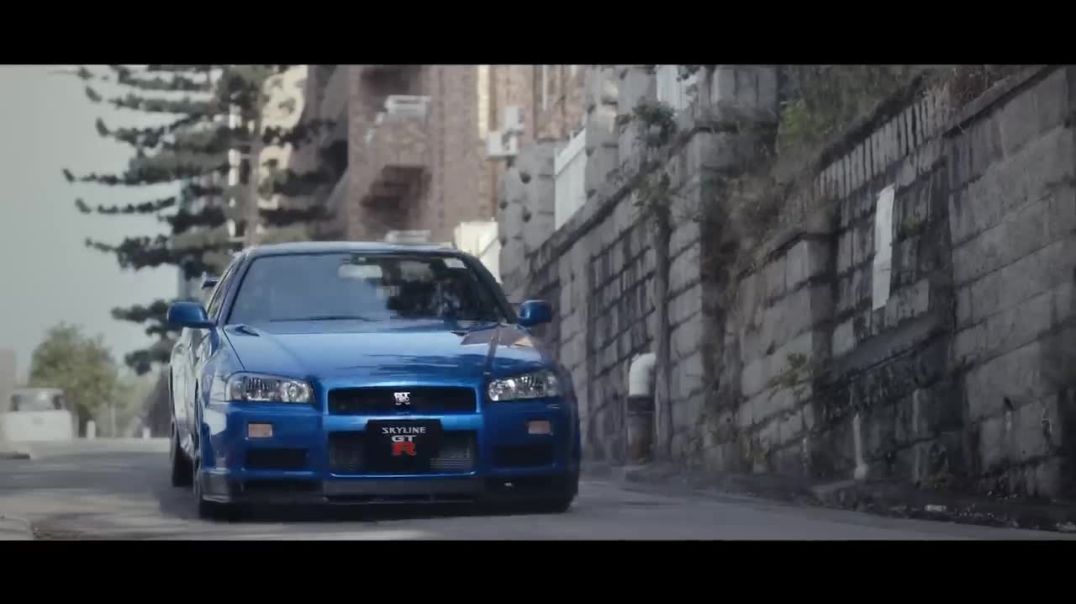61.9K Views· 12 September 2022
2018 Nissan Qashqai - interior Exterior and Drive
The facelifted 2018 Qashqai gets a fresh look, more kit and new tech. It's a good thing, but is it a standout option in the small SUV segment?
(+)
Still looks smart
Above-average cabin practicality
Improved on-road refinement
Good cabin build quality
AEB now standard across the range
(-)
It's pretty expensive
Can feel underpowered
Key active safety reserved for top models
Ti, adaptive cruise not here until mid-2018
Tyre roar, busy ride on 19-inch wheels
Still no Apple CarPlay or Android Auto
There's no denying that the Nissan Qashqai is a popular choice amongst Australian buyers. Since the second generation of the Japanese crossover landed on our shores in 2014, the company has sold more than 38,000 of them locally (to the end of October 2017) and some 3.3 million worldwide.
While pitched as a small SUV, the Qashqai straddles the small and medium segments in terms of size, offering interior space and luggage capacity that's comparable to numerous vehicles from the class above. However, the Nissan has lost some sales ground of late to the ever-popular Mazda CX-3, along with the almost-prehistoric Mitsubishi ASX.
For 2018, Nissan has given the Qashqai a mid-life refresh, bringing a new look, added driver-assistance technologies, and more equipment across the range. All models now feature autonomous emergency braking (AEB) with forward-collision warning as standard, along with lane-departure warning.
Further up the range, adaptive cruise control is offered for the first time on the Ti model – though that won't be here until mid-2018 – while the N-Tec gains rear cross-traffic alert and adaptive headlights.
CarAdvice attended the local launch of the updated range in Daylesford, Victoria, to get a first drive of the refreshed crossover over a mix of country roads and highways. We spent the first two-hour drive loop in the new N-Tec variant (from $36,490), and the second stint the following day in the also-new mid-spec ST-L (from $32,990).
The ST-L basically replaces the outgoing TS diesel in terms of where it sits in the line-up, while the N-Tec is filling in for the Ti flagship as the latter won't arrive until mid-2018 due to production delays.
In terms of equipment, the ST-L features a 7.0-inch navigation system, 18-inch alloy wheels, fog lights, LED daytime-running lights, heated front seats with electric driver's adjustment, and a surround-view camera system with moving object detection. There's also heated electric-folding door mirrors, privacy glass, DAB+ digital radio and roof rails over the base ST.
Meanwhile, the N-Tec certainly stands out from its lesser brethren thanks to its full-LED headlights and stylish 19-inch alloy wheels. The only other feature that helps distinguish the N-Tec (and soon Ti) from the ST and ST-L grades is the silver garnish on the rear bumper, which has a diffuser-like shape.
Equipment highlights in the N-Tec include automatic and adaptive headlights, a panoramic glass sunroof, rain-sensing wipers, a fold-down rear centre armrest, dual-zone climate control and ambient interior lighting. Compared to the ST-L, the N-Tec also gains several driver-assistance technologies like blind-spot monitoring, rear cross-traffic alert, intelligent park assist, intelligent driver alert and high-beam assist.
Unfortunately, a global production delay means that adaptive cruise control and active lane assist are not available until March 2018 production, hence why the Ti is unavailable until midway through next year.
There's still no sign of smartphone mirroring systems like Apple CarPlay or Android Auto either, though we could see this tech offered in the Nissan stable very soon.
Inside, the redesigned front seats that are standard from the ST-L up are quite comfortable, offering good thigh and back support, while also being well bolstered through the sides to give that 'hugging' feel. Both the ST-L and N-Tec get leather bolsters with cloth inserts, which makes for a supple area to rest your bum, while the leather-trimmed bolsters look and feel of a high quality.
Now for the driving.
All variants are fitted with the same 2.0-litre aspirated petrol engine developing modest outputs of 106kW at 6000rpm and 200Nm at 4400rpm. The outgoing model's 1.6-litre turbo-diesel has been dropped due to slow sales.
Unfortunately, Australia also misses out on the 120kW/240Nm 1.6-litre turbo petrol offered in overseas markets like the UK, though this is probably because it's only offered with a manual.
Meanwhile, all versions bar the entry-level ST (from $26,490) are fitted as standard with a continuously variable transmission (CVT), while the entry-level model comes standard with a six-speed manual, though the CVT is optional.
Read More http://www.caradvice.com.au/60....4865/2018-nissan-qas
Music Source:
No Copyright Music Last Summer - Ikson
Wonder Woman Remake & Edit By Ender Guney Royalty Free
Island - MBB
"SUBSCRIBE NOW"





























2 Comments
MeyBuonacc
8 days agoTamaraSchu
11 days ago